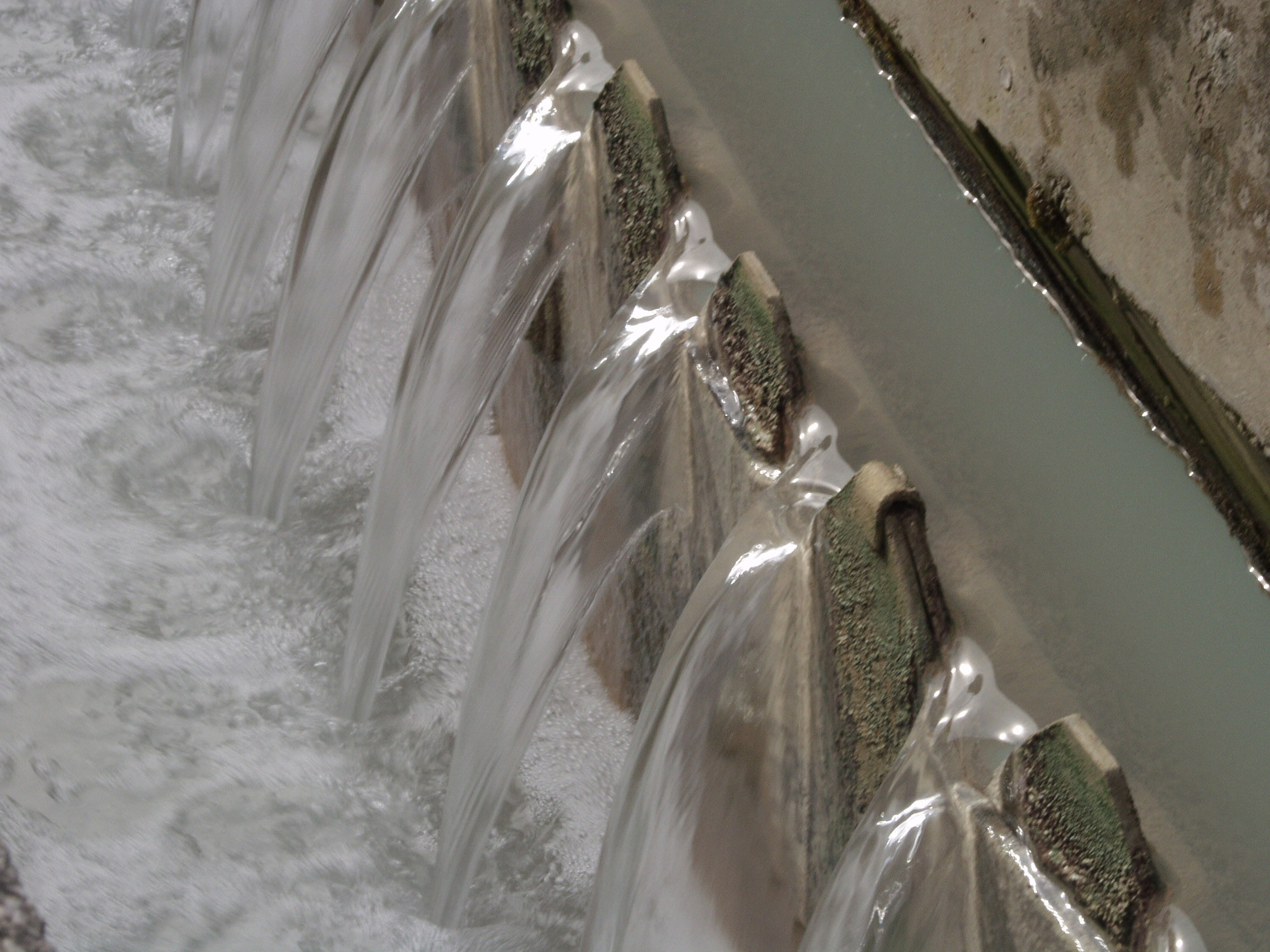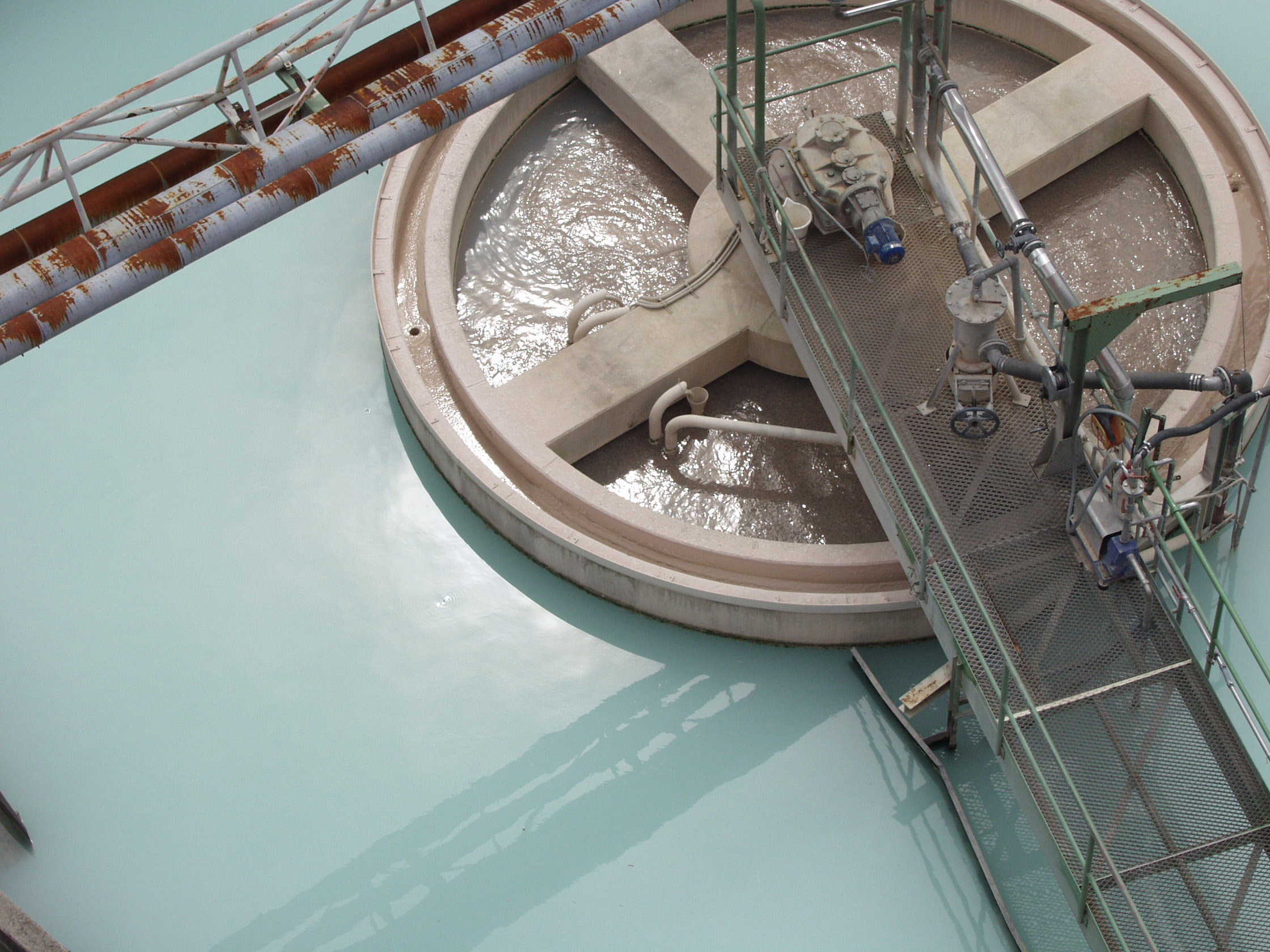Project Water: Reducing freshwater use and impacts to biodiversity at Unterkochen paper mill, Germany
Ahlstrom-Munkjö’s paper mill in Unterkochen, Germany, started a project in 2018 that will both reduce heat transmission into Kocher and fresh water consumption from the river.
River Kocher flows 169 kilometers from the Swabian Alps until it joins Neckar. It is a tributary of the river Neckar in Southern Germany, and a source of water for many industrial sites in the upper Kocher valley. In the 1980’s Kocher was known as one of the most polluted rivers in the administrative district of Stuttgart. Luckily, after a remediation project, the water quality improved, and today the situation is significantly better. However, it takes work to keep the status quo and to enhance the water quality of Kocher even further, and the local industries play an essential role in that.
One of the industrial sites that are highly dependent on Kocher is Ahlstrom-Munksjö’s plant for decorative papers in Unterkochen. The plant uses the water from Kocher and returns it purified back to the river. Naturally, the purification of the water is essential, but equally important is to reassure that the temperature of the water is not too high. Too much heat transmission into water might cause harm to the ecosystem of the river. Reduction in wastewater discharge temperature is also something that the local authorities expect, and it has been set as one of the requirements for the renewal of permissions for water withdrawal.
Ahlstrom-Munksjö pursues continuous improvement in its water use
As part of a resource-intensive industry, Ahlstrom-Munksjö has a particular responsibility to improve environmental performance throughout its operations and supply chains. In its water use the company pursues continuous improvement in environmental impacts, and tracks and measures water use per gross ton of its production. The company also approves investments to reduce the impact to biodiversity of the rivers from the heat transfer from the plants. Ahlstrom-Munksjö has set an annual target of a 1.5 percent reduction in water use per gross ton production from 2018 onward. The company is also committed to the UN’s sustainable development goals, one of them being clean water and sanitation.
“We want to be a responsible actor in the local community, and we must follow all the regulations and also proactively improve our environmental footprint according to our sustainability targets by applying the best available technology that is suiting our specific needs,” says Michael Schirle, VP, Technology and Engineering, Decor Solutions.


Water project in Unterkochen
Ahlstrom-Munksjö’s Decor business started a project in Unterkochen in 2018 to meet the local sustainability requirements and the company's sustainability targets. The goal of the project was to improve environmental footprint by reducing heat freight into the river and freshwater consumption by reduction of freshwater withdrawal and installation of higher storage capacity to optimize the use of recycled water. The project is an excellent result of well-managed local accountability which is one of the company’s four key strategic cornerstones.
“A lot of measures have been executed over the last decade to improve the situation with good results. However, the flow rate of the river has significantly decreased at the same time, and improvements are eaten up. We needed to start this project to address the changed situation,” explains Schirle.
The project started in late 2018 and is following a modular approach where the activities have been defined in three major areas such as flow equalization at the effluent plant, limitation of heat emitters from operations and reduction of fresh water consumption.
One major activity was the installation of a central closed cooling loop in 2019 that is enabling to take out the most significant heat emitters. First components added to that loop were the cooling cans of PM3, and there will be many more aggregates to follow consequently, for example condensate coolers, and liquid ring vacuum pumps.
“First results have been good so far,” Schirle tells.
“Plan was to get the first measures executed before summer 2020, and it has worked as expected. Supported by effects from cycle optimization, we have reduced fresh water consumption to the baseline (2017) by 17%. In the case of the cooling cans, we have been able also to improve the efficiency of calandering and save energy. In close cooperation with our local authorities, we will explore our further ideas to optimize the use of water in the paper mill. A concrete example is the reconstruction of our fresh water system in 2020, but we can also check new technologies for the efficient and economically justified reuse of heat energy from waste water. Besides that, there is a high potential for equalizing the discharge flow to the river, that needs to be addressed and taken to the next level."